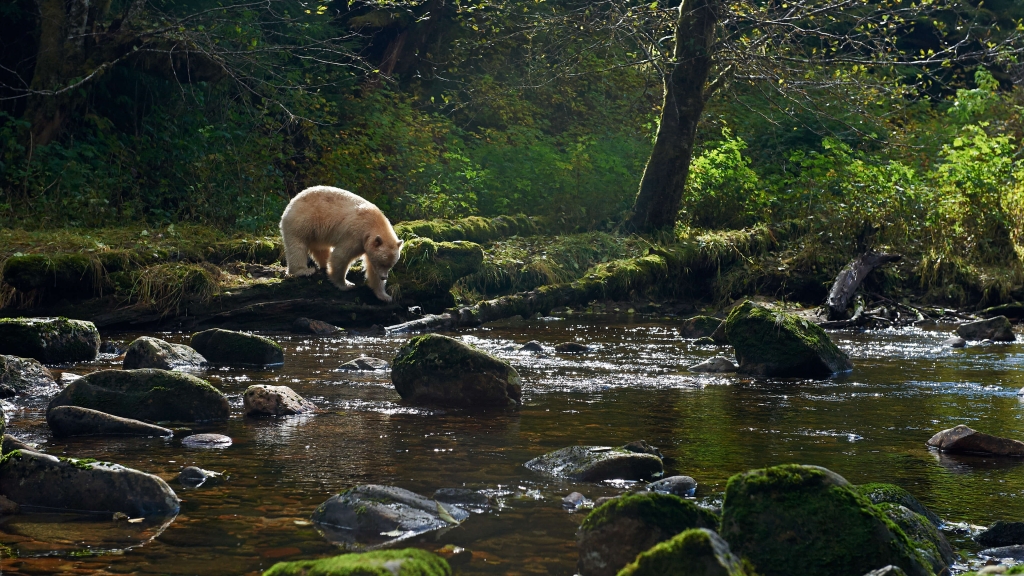Despite its global reputation for reducing greenhouse gas emissions, Canada has a strong contributing extractive sector. Much of its mining activity is concentrated in British Columbia, where 62% of all Canadian coal is produced. The new coal plant project that will produce between 775,000 and 825,000 tons has members of Indigenous communities in the region at odds with one another. The Tenas mine threatens to contaminate the Telkwa River, affect salmon and reindeer populations and put the ecosystem at risk.
“Our ancestors told us that the settlers would come first for the trees, then for the water, and finally for the rocks.”
Hereditary Chief Na’Moks – Wet’suwet’en Nation
Mining in British Columbia and in western Canada has a long and complex history deeply intertwined with the process of colonization. Today, the province stands at a critical crossroads. It is facing pressure to expand mining activities amidst the urgency of the climate crisis. This urgency has profound consequences for ecosystems and the Indigenous communities that rely on them for sustenance.
With the aim of expanding their operations, extractive industries often tout economic benefits such as job creation and income generation as reasons for buy-in, but, frequently, these promises do not materialize for Indigenous communities, or disappear once infrastructure is built. While companies like Bathurst promise to invest millions of dollars in local economies, the actual distribution of wealth remains unequal. Indigenous nations, despite residing in resource-rich lands, receive minimal compensation for the exploitation of their territories, perpetuating patterns of economic marginalization.
Like the forestry industry, mining in Canada is inextricably linked to colonization and colonialism. In British Columbia (BC), one of the richest provinces in natural resources, this is especially clear. Currently, BC is pressured by the federal government to supply the country with critical minerals and transitional “green” energy. The mining sector benefits from tax incentives and well-developed infrastructure, including an integrated network of roads and railways. The total projected value of mining production alone for 2023 was $15.9 billion, 65% of which was attributed to coal extraction.
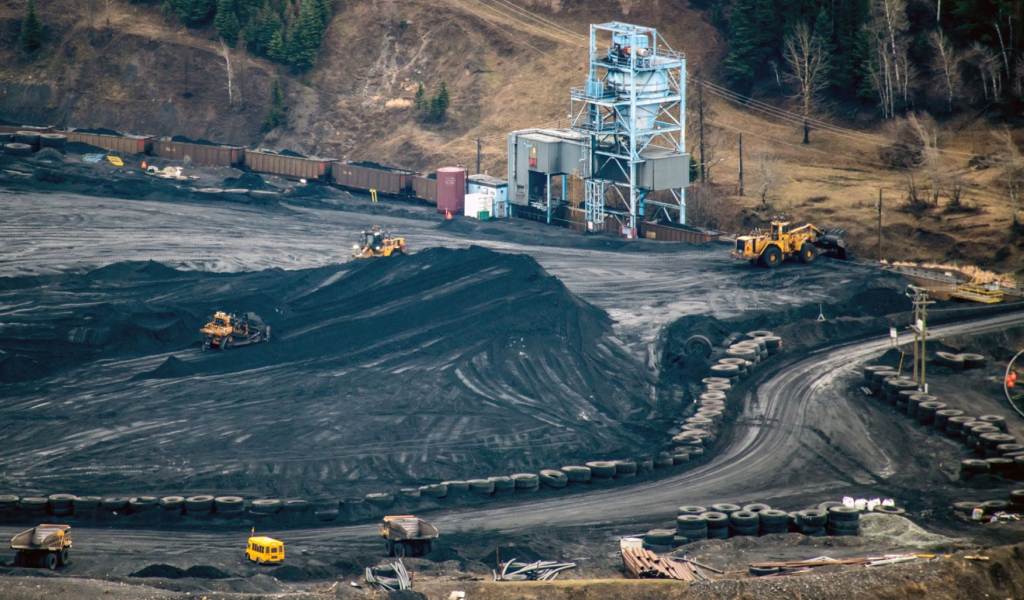
Coal in British Columbia
The stealthy expansion of thermal coal exports from British Columbia is a sign of the times when liberal and social democratic governments express concern about climate and meeting their “net zero” carbon emission goals, while continuing to facilitate the expansion of fossil fuel production.
The success of coal mining operations in British Columbia depends on other countries like China not meeting their global greenhouse gas commitments set out in the Paris Agreement. Canadians concerned about greenhouse gas emissions would be horrified to know how much coal is being extracted, loaded onto trains, and leaving the port of Prince Rupert on the northwest coast of the province.
The success of coal mining operations in British Columbia depends on other countries like China not meeting their global greenhouse gas commitments set out in the Paris Agreement.
The Tenas Coal project in the interior of the province exemplifies the challenges Indigenous communities face in asserting their rights and sovereignty over their traditional territories. Despite the requirement for prior consultation and consent, under international standards such as the United Nations Declaration on the Rights of Indigenous Peoples, Indigenous contribution to the project has been limited. The lack of respect for their rights demonstrates systemic barriers to Indigenous self-determination in resource development processes.
Until 2023, a century-old law that was still very much in force in British Columbia regarding surface rights and mining concessions allowed anyone to stake a claim in First Nations territory without the duty to consult them or even notify them. Since the enactment of the Gold Fields Act of 1859, mining in British Columbia has been facilitated by laws that prioritize access to mineral resources over Indigenous sovereignty. Mining explorers could obtain mining rights with minimal bureaucratic obstacles, often without the consent of Indigenous nations whose lands they exploit. This colonial legislation perpetuated the dispossession of Indigenous peoples from their lands and environmental degradation.
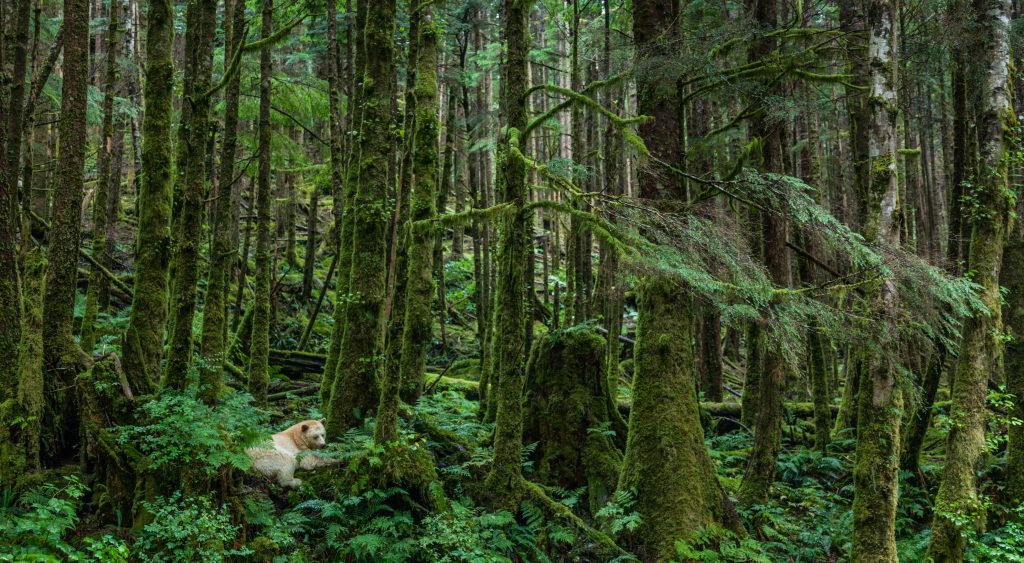
The Tenas coal mine and the Wet’suwet’en Nation
In British Columbia, the expansion of thermal coal exports is another sign of “dirty” business. For Indigenous communities, increased mining means that community interests and loyalties are pitted against each other. Debate lines are often drawn between hereditary chiefs and their allies, and elected band members and their families.
The Tenas coal mine project serves as a microcosm of broader issues related to mining, colonization, and Indigenous rights. As the province moves towards a “green,” more sustainable, and just future, it faces entrenched historical injustices in resource extraction. Only through genuine dialogue, respect for Indigenous sovereignty, and robust environmental protections can British Columbia move towards a more equitable and sustainable mining approach that respects the rights and well-being of Indigenous peoples and the natural world.
The Tenas Coal Mine will produce between 775,000 and 825,000 tons of metallurgical coal per year, with a lifespan of approximately 25 years, including construction, operation, and restoration phases.
The Tenas Coal Mine was submitted to the British Columbia Environmental Assessment process in November 2018. The Project will produce between 775,000 and 825,000 tons of metallurgical coal per year, with a lifespan of approximately 25 years, including construction, operation, and restoration phases. The expected footprint of the operation (including the railroad, power line, and diversion road) is 1,050 hectares. The Tenas Coal Project is located in the northwest, 375 kilometers by rail from Trigon Pacific Terminals in Prince Rupert.
In 2019, Telkwa Coal Limited (TCL) published its plans for the proposed mine. Resource assessments estimate that the proposed mine site contains around 29.1 million tons of raw coal. The mine is on unceded lands of the Wet’suwet’en First Nation. Unceded lands are territories where no treaty has been signed between an Indigenous governing body and the Government of Canada. It will undoubtedly impact the economic and social future of the Wet’suwet’en First Nation and the broader Bulkley Valley region.
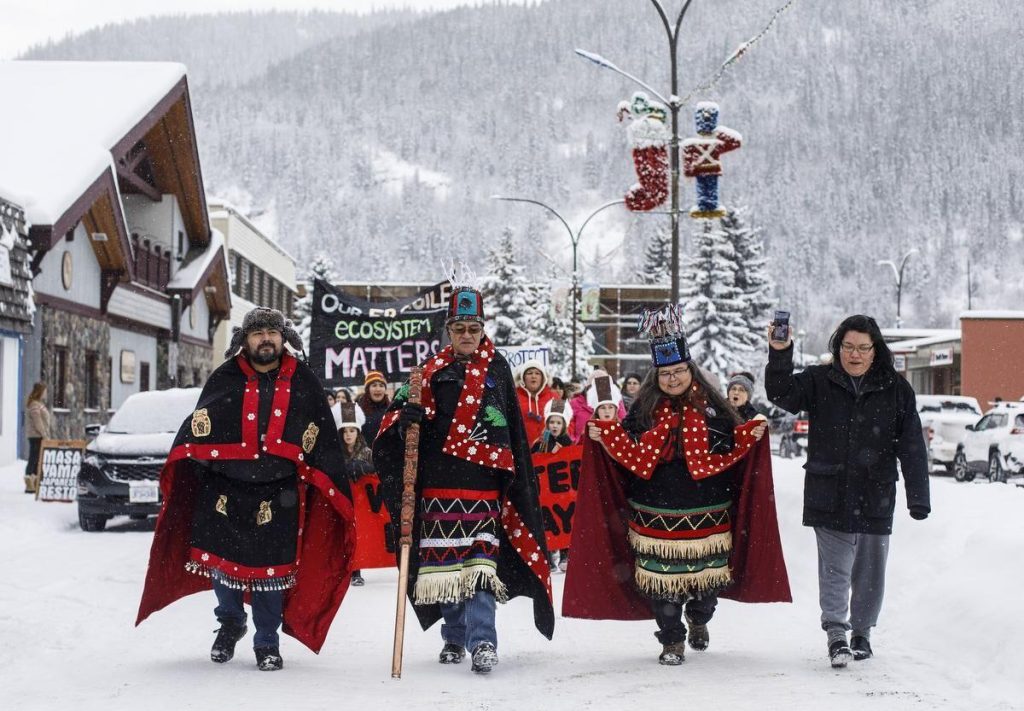
Concerns about selenium pollution
One of the biggest concerns around the mine is the potential of silenium pollution. Selenium is a naturally occurring mineral found in most rocks, including coal. The Tenas project description establishes lower levels of selenium than other coal projects in western Canada. However, this does not mean that selenium is not a potential problem, as even small amounts can have a significant environmental impact, especially on aquatic life. For humans, regular consumption of high levels of selenium can cause prostate cancer and neurotoxicity. This would be a problem for the Wet’suwet’en who depend on fish and aquatic plants for food.
In 2016, the Auditor General had already issued a warning about environmental damage: “Impacts, due to high selenium concentrations in coal, on sensitive ecosystems and human health within the region will multiply as industrial and mining operations expand, causing further exceedances of British Columbia’s Water Quality Guidelines and may have a detrimental effect on fish and other aquatic life.” In this sense, researchers have shown that selenium bioaccumulation can circulate in food webs for decades.
With an annual extraction of 775,000 to 825,000 tons, close to 20,000,000 tons of coal would be processed during the mine’s lifespan.
However, its leaders say that selenium pollution is not a problem for the Tenas project. In 2023, Bathurst Resources Ltd., New Zealand’s largest coal mining company, reached an agreement to buy the mine. The coal produced will complement its exports for steel production in Japan, South Korea, China, and India.
With an annual extraction of 775,000 to 825,000 tons, close to 20,000,000 tons of coal would be processed during the mine’s lifespan, ultimately producing 140 metric tons of CO2. Environmental approval for the Tenas Project is not expected until early 2025. One of the key concerns of the Wet’suwet’en is the impact the mine will have on the Telkwa and Bulkley rivers with their significant salmon populations. Salmon is considered a key species in the region’s ecosystem and represents an essential economic and nutritional resource for the community.
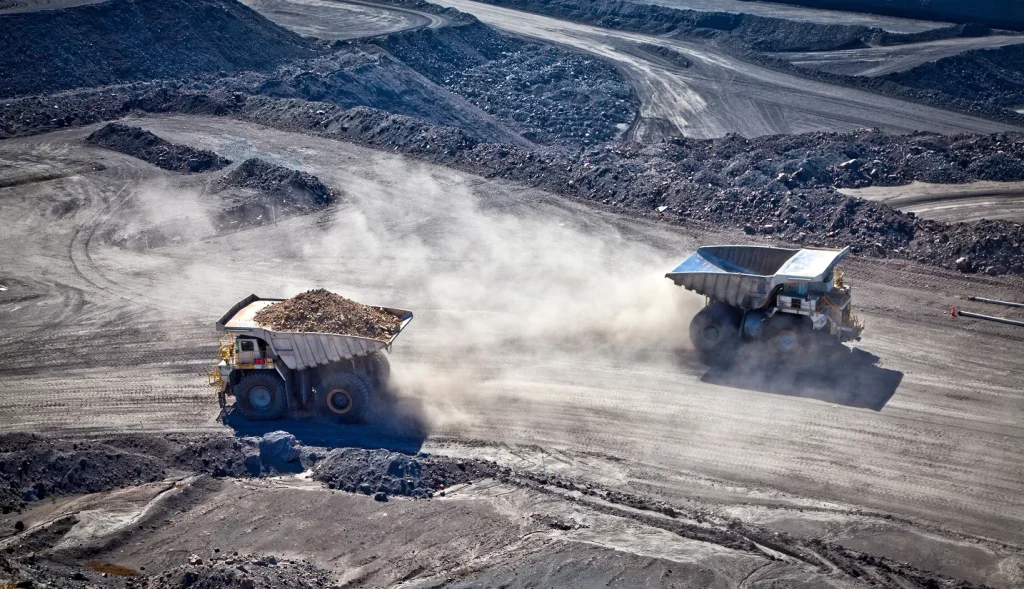
Salmon, reindeer, and culture
A recent study published in Science Advances highlights the harmful effects of mines on salmon watersheds by discharging toxic pollutants (such as selenium) into rivers. Of course, this activity also includes water pollution, habitat destruction, and disruption of natural flow regimes. The Tenas Project threatens to exacerbate these impacts, endangering both the environment and livelihoods in Wet’suwet’en First Nation territories.
The coal mine could become a major source of pollution to the Tenas, Four and Goathorn streams that surround the mine and flow into the Telkwa River. This river is home to several species of salmon, including chinook salmon, coho salmon, and pink salmon. Salmon are an important food source for several Wet’suwet’en communities and are a key species in the region’s ecological network. Any contamination of these waters will have a profound impact on communities, their lands and the environment.
The coal mine could become a major source of pollution to the Tenas, Four and Goathorn streams that surround the mine and flow into the Telkwa River. This river is home to several species of salmon, including chinook salmon, coho salmon, and pink salmon.
However, the construction of the mine and its associated infrastructure would devastate areas that should serve as natural habitats for the recovering caribou population, which has been severely depleted for decades due to industrial logging. The proposed mine site is located within the Telkwa Caribou Recovery Area, where local forests are regenerating with the type of arboreal lichens that caribou feed on. These animals, which used to descend to the Telkwa River from Goathorn Creek, are a vital food source for Wet’suwet’en families.
The Wet’suwet’en Office has highlighted that the lands within the Tenas project area are also home to culturally significant sites and areas crucial for wildlife. These include habitats for moose and grizzly bears in the Tenas and Goathorn deposits, wild onion harvesting areas, natural licks for wildlife, and play trails near the Telkwa North deposit.

The historical legacy of colonialism
Facing the multifaceted challenges posed by mining expansion in British Columbia, it is clear that the historical legacy of colonialism continues to shape resource extraction in First Nations territories. The Tenas Coal Project, located on unceded Wet’suwet’en land, exemplifies the intersection of environmental degradation, Indigenous rights, and economic interests. Despite legal requirements for consultation and consent, Indigenous communities face systemic barriers to self-determination in resource development processes.
The expansion of mining operations not only threatens delicate ecosystems and cultural heritage sites but also exacerbates socio-economic disparities within Indigenous communities. While extractive industries promise economic benefits, the reality often falls short, leaving Indigenous nations marginalized and their lands exploited. Disregard for Indigenous sovereignty and environmental management perpetuates a cycle of dispossession and ecological harm.
In addressing the imperative of transitioning to a more sustainable future, British Columbia’s society must prioritize genuine dialogue that includes respect for Indigenous rights and environmental protections. Only with this perspective can the province move towards a mining approach that respects the rights and well-being of Indigenous peoples and the integrity of the natural world for future generations.

Sidney Coles is a journalist and advocate for Indigenous lands and human rights. She has collaborated with the governments of Ethiopia and Mongolia to mitigate the adverse impacts of the mining sector on women.
